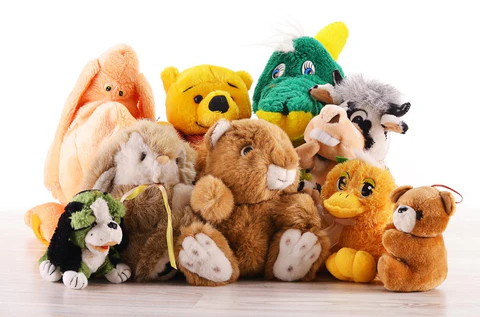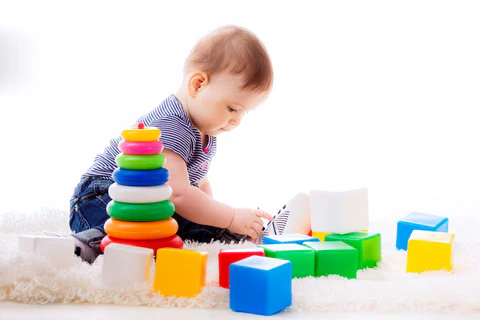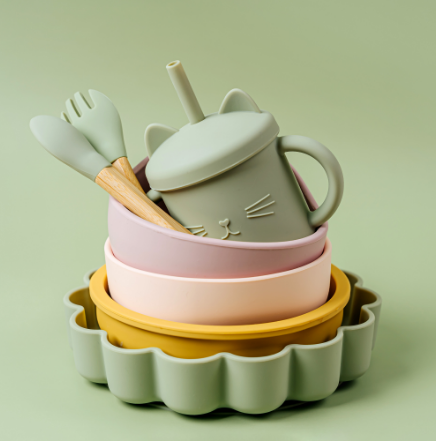SHOPPING CART
No products in the cart.
The question often arises that how to get pee out of stuffed animals ?
Plush toys often serve as an incubator of germs for kids, so routine cleaning helps maintain cleanliness and hygiene.
Check the toy’s tag for care instructions before machine washing it, as certain toys do not withstand this treatment due to mechanical components or glue-on decorations that could break or discolor over time.
Below are the reasons how to get pee out of stuffed animals
Your kids’ favorite stuffed animal is more than a cuddle buddy or playmate; it’s also an unsuspecting germ carrier. If your children sleep with their fuzzy friend, regular cleaning may be necessary to eliminate dust mites, mold and bacteria build-up on it. In case of accidents involving potty training incidents where urine penetrates fabric layers into its core of a plush toy and soaks deep within, professional cleaners should consider giving that toy an intensive deep clean every few months to maintain its optimal health.
If you want to give their favorite toy a good wash, start with a pre-treatment solution comprised of vinegar and baking soda to break down stains, eliminate odors, and prepare the toy for washing.
Fill a sink, bathtub, laundry tub, or bucket with cold water and add two teaspoons of detergent per gallon for best results. Dip your toy in and gently scrub it using your fingers; allow it to soak for 15 minutes (up to an hour if necessary) before draining out and refilling with new cool water; repeat soaking and scrubbing steps until toy is clean.
When washing toys, place them inside a mesh bag or pillowcase and run your washing machine on a gentle cycle with cold water and use distilled white vinegar in its rinse cycle to deodorize and eliminate detergent residue. Dry them on no heat in your dryer to quickly restore its fluff back up again quickly and safely.


Stuffed animals are home to all sorts of germs and dust mites that spread odors around your house, as well as allergens such as pollen. Cleaning them on a regular basis helps ensure that kids can sleep with or carry around germ-free toys for sleep or playtime, though not all machines can clean stuffed toys with music boxes, mechanical parts or decorations such as glue-on sequins that cannot be washed off easily.
For toys that cannot be washed, there are still ways to restore them as good as new. Spot cleaning with damp cloth soaked with soapy water may do the trick, or another approach could be placing the toy in a zip lock bag and covering it in baking soda to absorb odors and grease while deodorizing and refreshing its smell.
Immerse a toy in cold water using either a sink, bucket, or tub filled with it and mix a capful of gentle detergent into it for 15 minutes before rinsing thoroughly to remove all soap residue from it.
Before cleaning a stuffed animal, read through its tag or consult an expert for care instructions or professional advice. For toys of significant value or sentimental value, professional dry cleaners can often offer better services than individual washers; alternatively you could visit a stuffed animal hospital or toy repair business that offer this service as well.
If your child’s favorite stuffed animal has endured an unusually difficult period (sharing a hospital room, traveling out-of-town for parties or many play dates) and its stain is remaining stubbornly stubborn, it may be time to bring in professional cleaners for help. They have access to industrial-strength tools and cleaners much stronger than what can be found at home, with experience dealing with all sorts of stains.
First step to cleaning any stain thoroughly is using cold or lukewarm water combined with mild detergent in a large container, submerging the animal fully to break up marks or stains before using a soft brush to scrub its fur with. Finally, once finished rinsing out, rinse again using clean, soap-free water in order to rinse away all trace of detergent from its fur.
Alternatively, if your stuffed animal doesn’t have tags and can’t tolerate even gentle hand washing, dry cleaning with baking soda may help lift oils and odors. Place it into a large plastic bag (recycled shopping bags also work great!) If wearing fabric clothing then conduct a color test first to make sure colors don’t run when using any cleaners.
Due to age or their unique design, some stuffed animals aren’t machine washable – whether due to being made out of fabrics that fade easily or glued-on decorations that do not fare well against moisture. If a tag specifies “Spot Clean Only”, or you would rather avoid risking water damage when cleaning your child’s cuddle buddy at home there are several methods you can employ for thorough yet gentle washing at home without using a washing machine.
Start by presoaking with a vinegar solution to break up and prepare urine for cleaning, such as one part clear vinegar to two parts warm water with a dash of lemon juice or dish detergent for best results.
Soak the toy in the cleaning solution for several minutes, then thoroughly rinse it under clean cold water to complete its cleaning process. Repeat as necessary until the toy looks and smells like new!
Dry your stuffed animal by air drying on low heat, or better still in sunlight to disinfect and deodorise it. A few clean towels may help absorb any extra moisture to speed up this process; larger toys should be wrapped in pillow cases before being put into a dryer on No Heat/Air Fluff settings to prevent misshaping during this process.



Leave a Reply